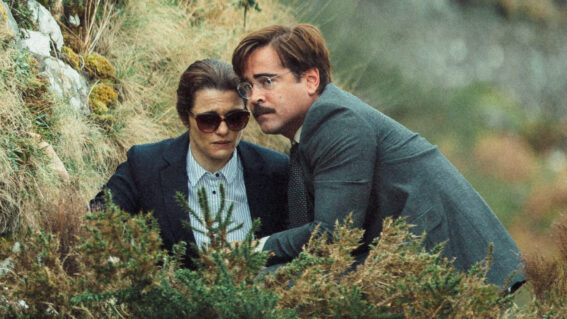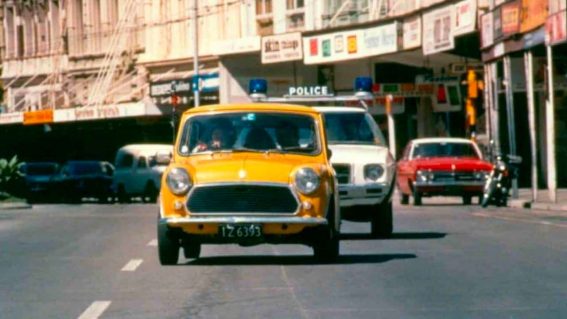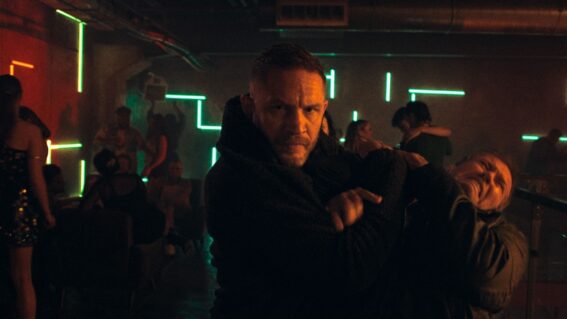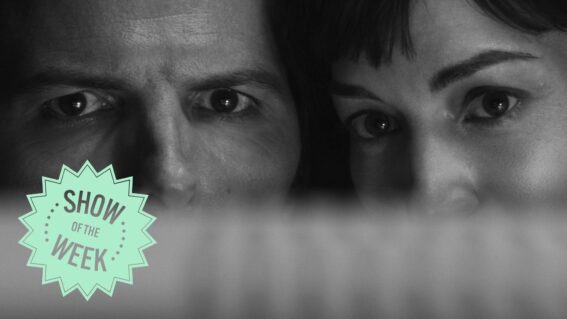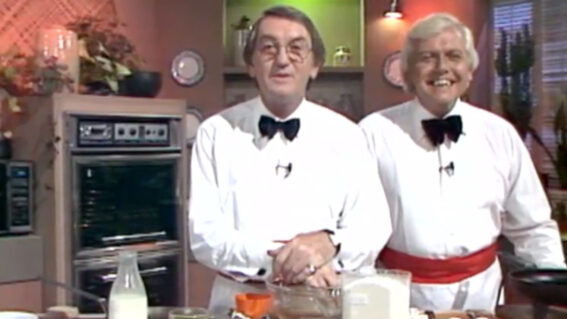Bad Trip: A brief tour of getting high on film
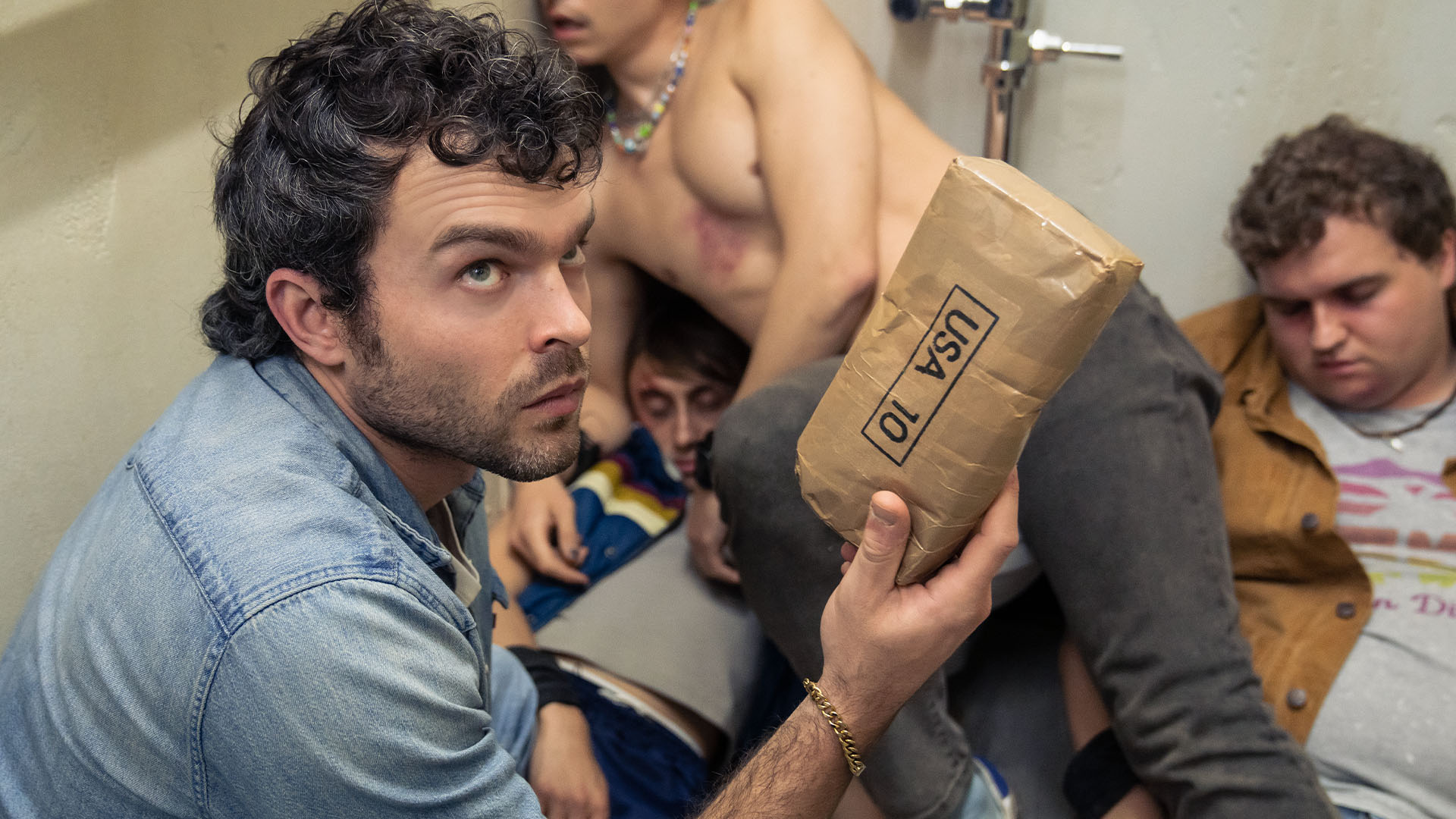
With moviegoers lining up to get stimulated by Cocaine Bear, Rory Doherty gets high on his own supply (of movie knowledge).
Movies are a lot like drugs. They are vehicles for intense, chemically-altered bouts of feeling, they make us perceive things differently, and their side-effects (elation, paranoia, feeling exhausted) linger in our minds for hours if not days. It’s probably why movies that feature people ingesting narcotics are so intense—they’re a combination of multiple stimulants and depressants that enhance and worsen each other’s effects. Our best hope is to enjoy the trip as best we can.
In its early days, Hollywood would commonly riff on drug-taking—but an increased stress on uniform, systemised moralising from the militant Hays Code saw an end to any substance-related inhibitions appearing on-screen. With a bear full to the brim with cocaine about to hit our screens, here’s a brief tour through the phenomenon of drug-taking in film, and how filmmakers have taken creative liberties to show their effects to audiences.
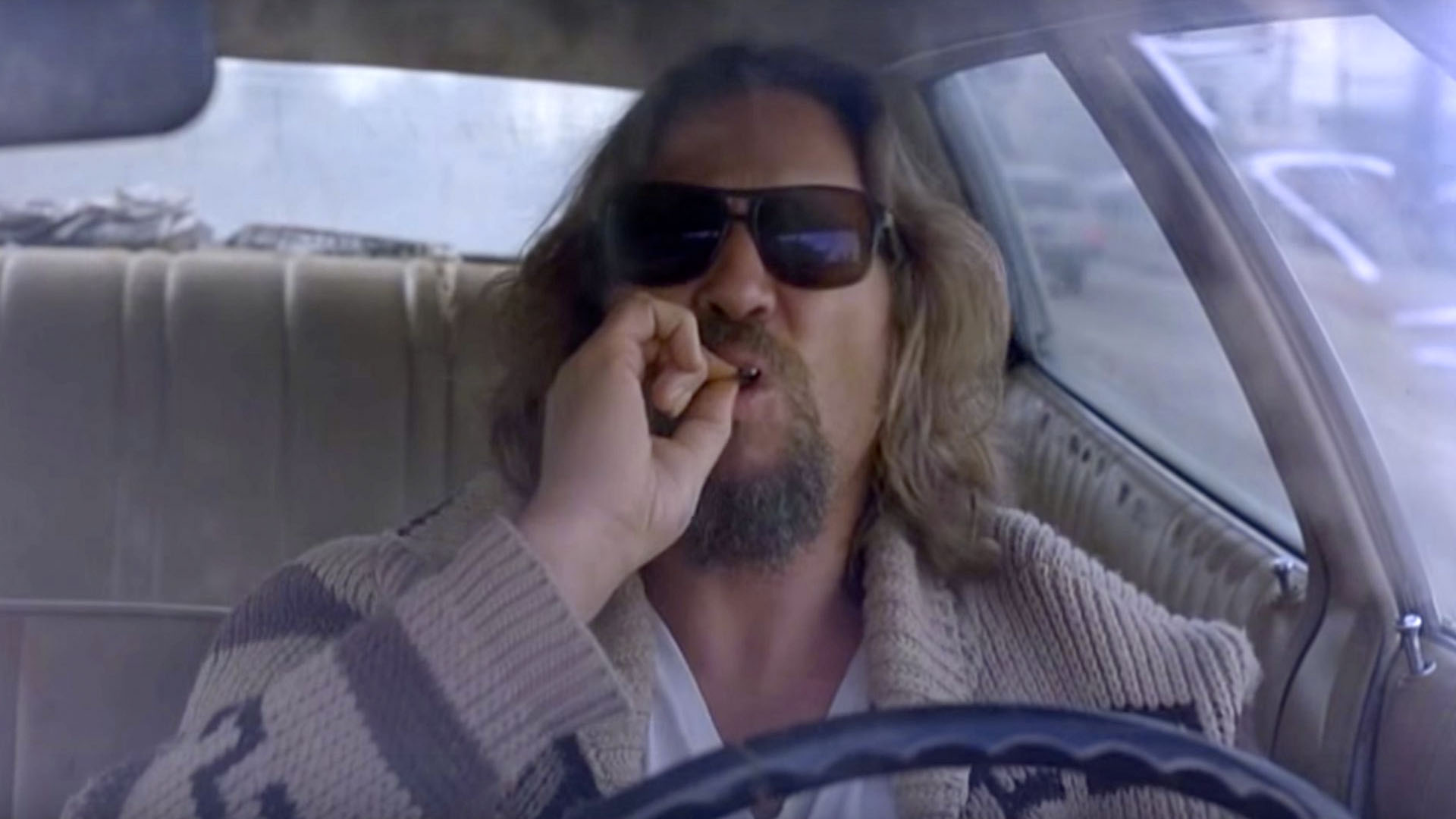
So What We Smoke Weed
So many points of the 20th century defined the stoner genre—the scare-mongering Reefer Madness, the countercultural Easy Rider, the hard-boiled-detective-riffing The Big Lebowski. It means there’s a real sense of historical and cultural communication going on between generations of slackers who want to get high and chill. There’s no Harold and Kumar without Jay and Silent Bob, and they wouldn’t exist without Cheech and Chong, who wouldn’t exist without the end of Hollywood puritanism.
Out of the entire Mary Jane-friendly film canon, one that shines brightest is Gregg Araki’s Smiley Face. Anna Faris plays a fledgling actress whose only goals are a) getting high and b) overcoming any immediate obstacles to her getting high. It starts a loose but gorgeously photographed journey into complicated mishaps, with all the hazy-eyed slackerism that the genre is known for. There is such a thing as a high art stoner movie, and no-one perfected it more than Araki.

I Don’t Feel So Good
All drama needs conflict, and while it would be lovely to spend every movie about drugs vibing out and getting mellow, it can be much more exciting watching trips take a turn for the worse. In Ari Aster’s Midsommar, a bunch of 20-something cultural tourists indulge in psychedelic mushrooms ahead of attending a Swedish commune festival (read: fascist cult ritual).
At first, it’s all very delicately played: flowers and shapes in the background of the fields warp and fluctuate, nothing too upsetting… until the paranoia kicks in. In a film with such an unsettling style and traumatic opening, it seems like you’d want to keep your wits sharp, so loosening your inhibitions is definitely not the wisest idea.
When it comes to ruining a good vibe, Gaspar Noé might be the master. His films use a lot of aesthetic experimentation to evoke out-of-body or severely distressing experiences, never more clear in Climax where a French contemporary dance troupe’s afterparty is hijacked by someone spiking the sangria with hallucinogenic drugs.
After a measured build-up, the film descends into abject horror, with little opportunity for safety or sanity presenting itself—calling Climax cinema of disorientation is an understatement. Noé’s clever enough to set up through mundane dialogue all the panicked, unhinged behaviour of the drugged dancers in the first half—getting high won’t turn you into someone you’re not, just reveal what dark impulses you kept hidden.
On the much less cerebral end of the spectrum, no film dramatises needing a fix more than Crank. The action thriller puts Jason Statham’s hitman in a tricky situation: he’s been injected with poison, for which the only antidote is a continual burst of adrenaline. He races around LA, chasing danger for its chemical releases, with a frothy-mouthed urgency meant to remind us of someone craving another hit.
It’s not exactly a sensitive portrayal of drug use, but it’s certainly effective—it’s impossible to ignore the symptoms of drug addiction that Statham is coasting on.
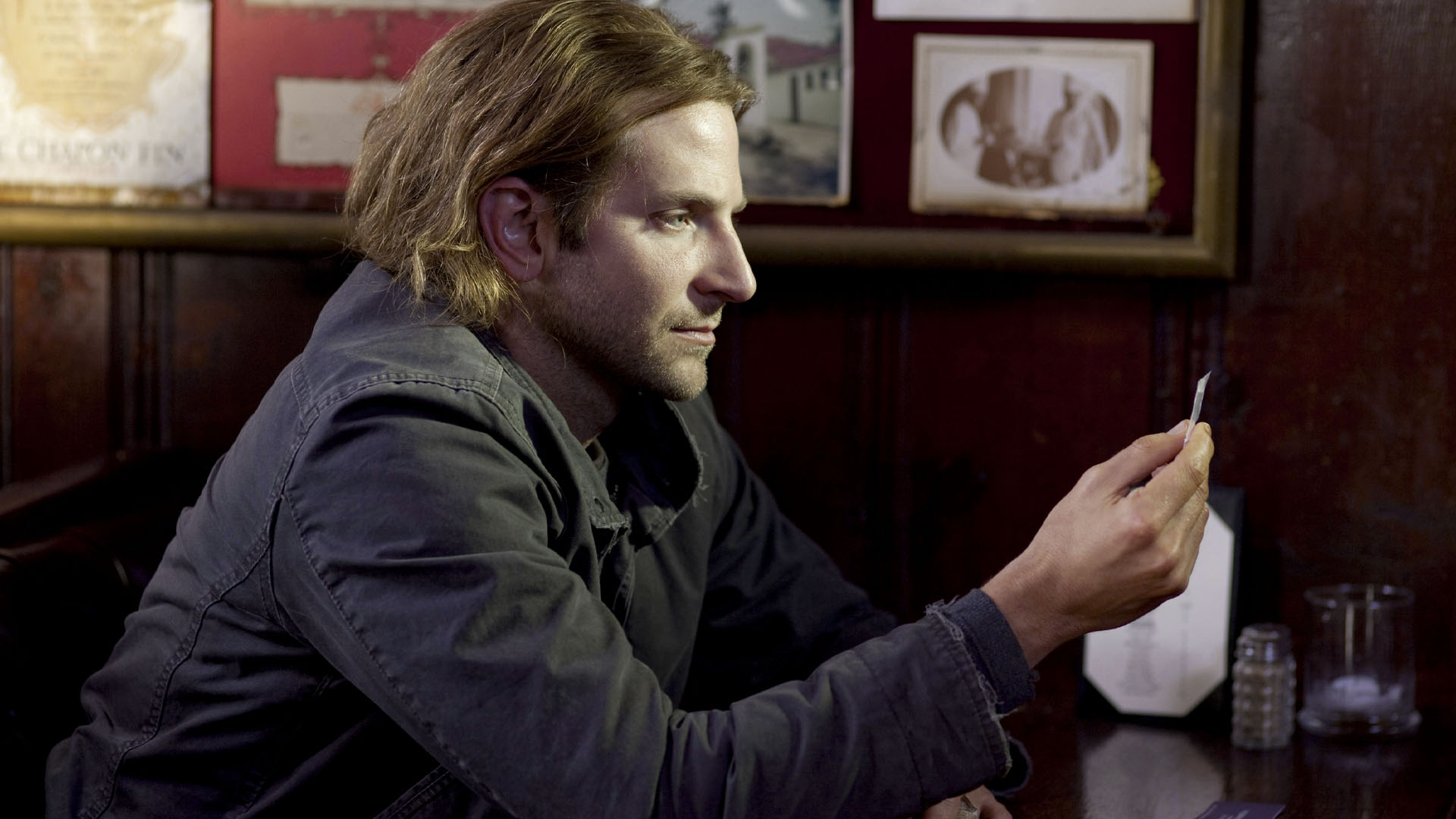
Wow, what’s in this stuff?
There are a whole host of fictional drugs used in film, usually science-fiction where previously inaccessible powers of the brain are unlocked—try Limitless, Synchronic, or Project Power. Usually a synthetic drug, they work the same way all narcotics in film work: they give a crazy, elating high, but dependence on their powers makes the user vulnerable and volatile.
These films, funnily enough, can have a more blunt moral lesson than any stoner or bad trip movie—just leave the unaccessed areas of your cosmic consciousness alone, please?
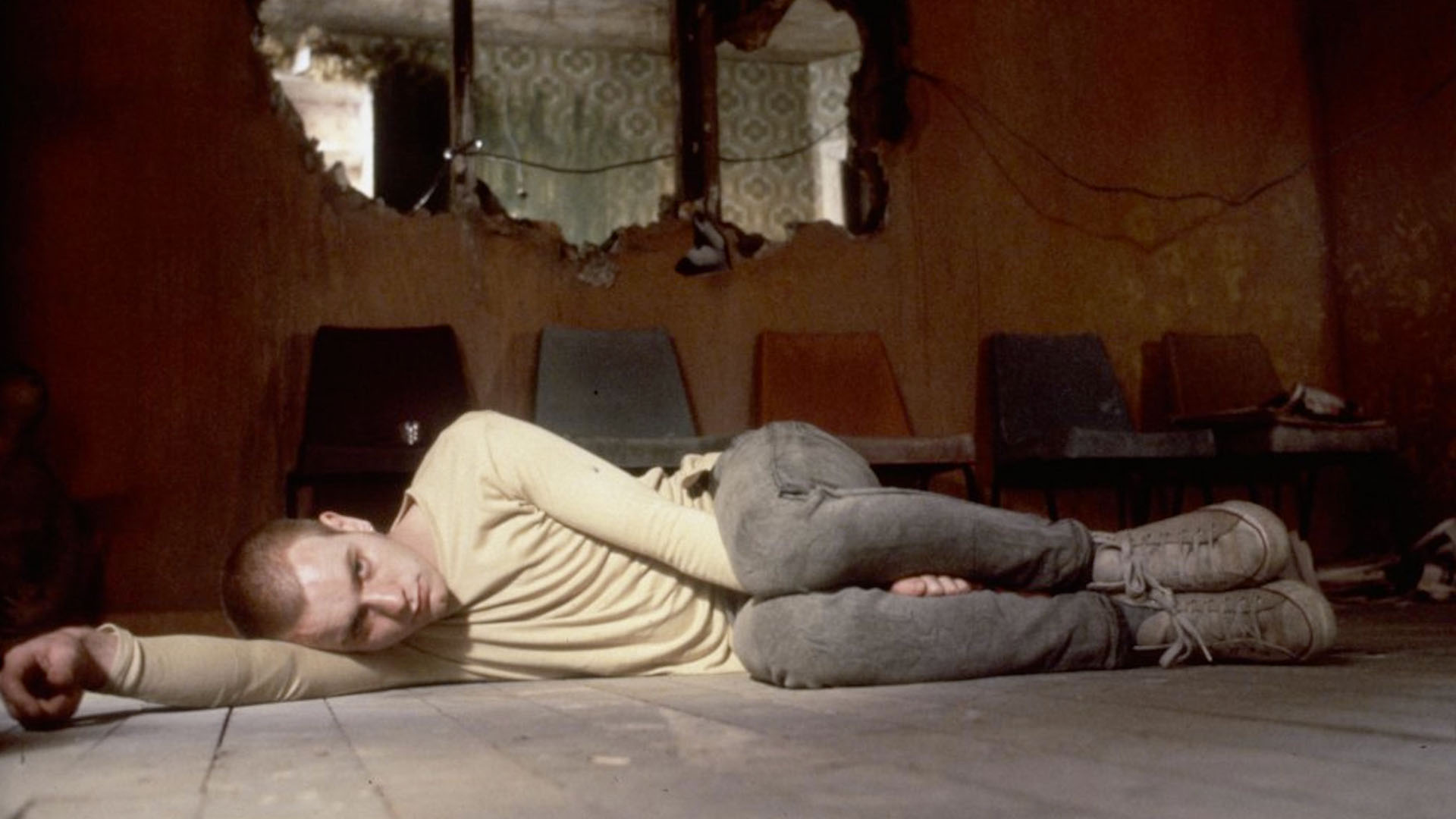
What goes up, must come down
For all the crazy cinematic trips out there, the most memorable are sometimes when characters go through withdrawal from them. Trainspotting’s Renton holes up in a purgatory-esque version of his childhood bedroom, his locomotive wallpaper stretched out endlessly and visited by visions of judgemental, needling versions of his friends.
But if you want to try something more metaphorical, try the 2013 Evil Dead remake. In it, our characters isolate themselves in a woodland cabin to help their friend quit heroin cold turkey. The intense physiological duress she undergoes probably finds a cathartic outlet when she gets possessed by the Necronomicon’s evil and demonic carnage is unleashed. At least her friends are there for her (to kill).





